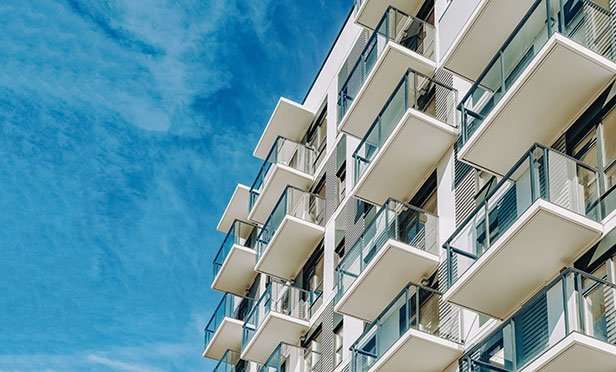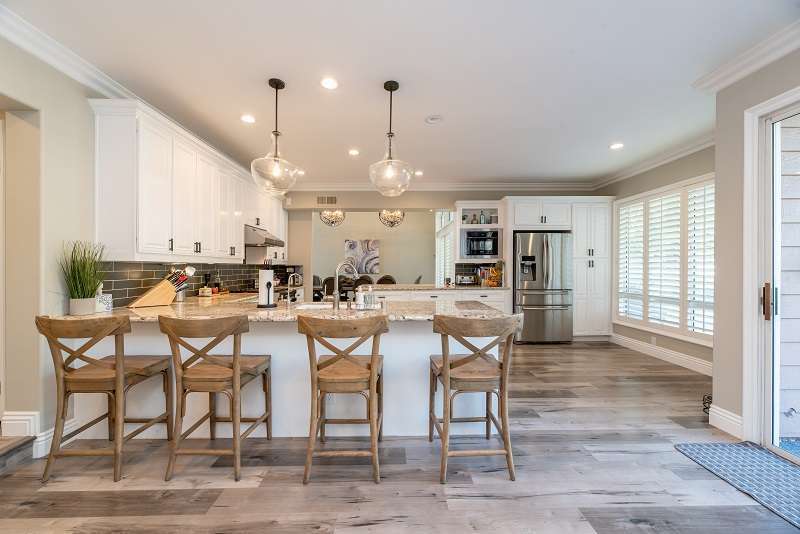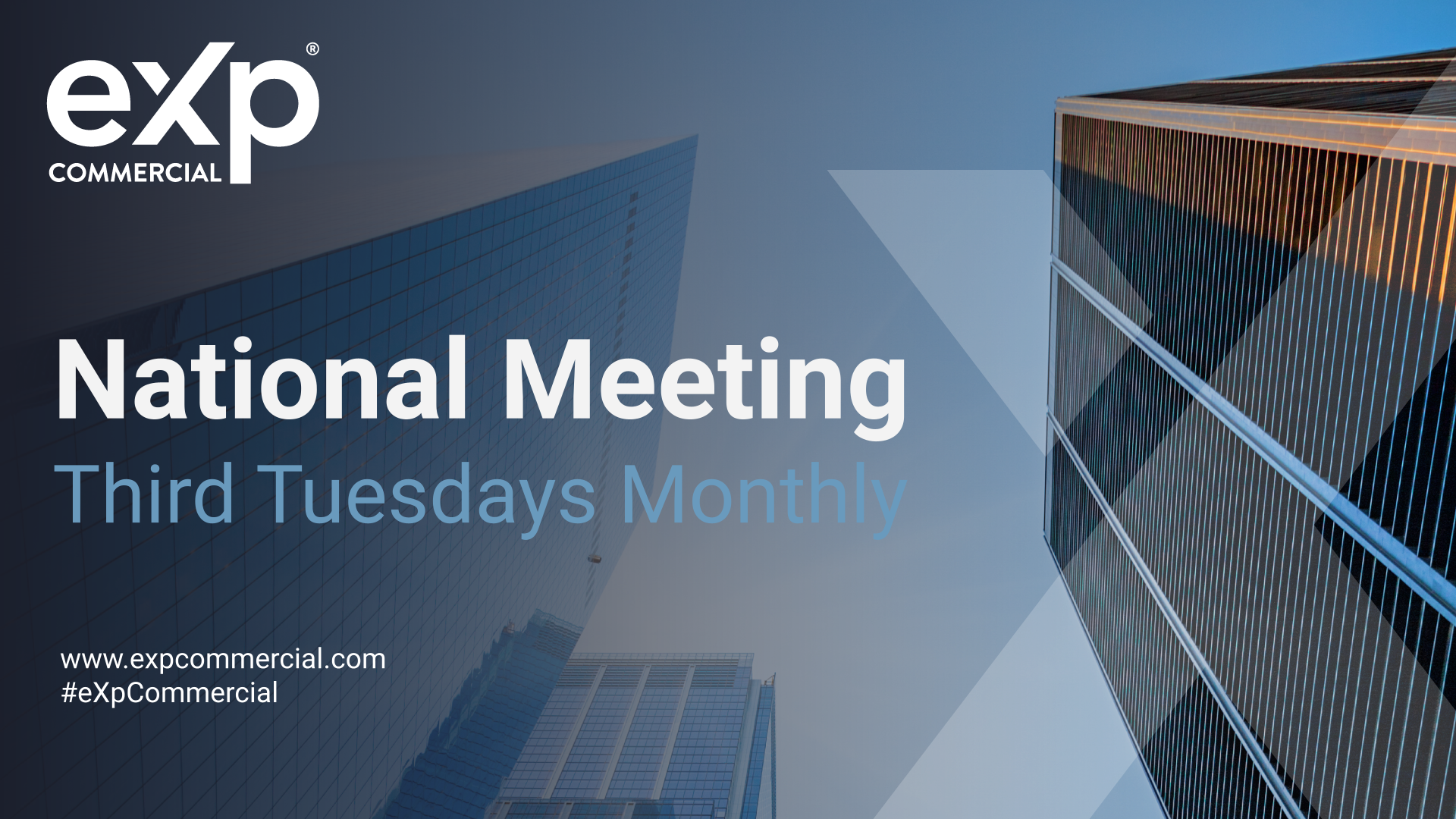
Whether investing through online platforms, crowdfunding marketplaces, or directly in rental property, millennials have emerged as an opportunistic, well-informed, and eager class of investors who recognize the valuable role investment real estate can play in a well-diversified portfolio.
Suppose you are in the 26-41 age group and considering a commercial real estate investment (or you have already invested). In that case, you will want to become familiar with a provision in the U.S. Tax Code called a 1031 exchange. This strategy, which investors have used for over one hundred years, allows you to defer capital gains and depreciation recapture taxes when you sell your investment property. That means more principal being invested into new real estate, allowing you to grow your foundation and have a larger amount of monies to obtain potential income from.
The 1031 exchange has been a valuable wealth-building tool available to investment property owners for many years. It enables you to put the entire proceeds of a property sale to work when investing in a new property. There is no limit to how many 1031 exchange you can do either, allowing you to defer taxes for years, even decades, and possibly indefinitely.Exchange Rules
There are many moving parts to a 1031 exchange, and the rules that govern an exchange must be strictly followed. For example, there are timelines that need to be met. From the day you close on the property you are selling (called the “relinquished property”), you have 45 calendar days to identify the new properties you intend to purchase (called the “replacement property.”) The timeline allows for a subsequent 135 days amounting to a full 180 days from sale to close on your replacement property, but you should know these periods not only run concurrently but come up quite fast.
In addition, you must have a facilitator, or Qualified Intermediary (QI), to complete your 1031 exchange. The QI is responsible for holding the proceeds from the sale of your relinquished property in an escrow account to ensure that you never have receipt of the sale proceeds. It is also wise to have your attorney and tax consultant as part of your team, to ensure all things run smoothly.
Definition of a “Like-Kind” Property
In addition to the rules above, the IRS states that your replacement property must be “like-kind” to the property you are relinquishing. However, virtually any investment property is considered “like kind” to any other investment property under IRS rules. For example, a rental home, industrial property, farmland, strip mall, or apartment building would all be considered “like-kind” to one another, even options that are considered passive investments to you.
1031 Exchange in Action
To give you a better idea of how a 1031 exchange works and how it may apply to your situation, let’s look at an example. Assume you are planning to get married, and you and your partner both own starter homes. You decide to rent one home for a while and enjoy the additional income it generates that is above and beyond your mortgage payment. Eventually, you get tired of the hassle of finding new tenants and dealing with property repairs. You need to decide what to do with the property.
If you purchased your home for $180,000 and it’s now worth $250,000, you might think selling it is smart; That’s a tidy profit. However, by selling, you will pay capital gains tax on the appreciated value of $70,000. At a 20% capital gains tax rate, you would owe the IRS approximately $14,000. In addition, you could be taxed for deprecation recapture, which can be as high as 25% of the depreciated portion. Don’t forget, any state taxes, local taxes, and others that may rack up your tax bill.
Say you instead, decide to enter into the 1031 exchange. So long as you meet all exchange requirements, you could defer the $14,000 capital gains tax payment and your depreciation recapture. This would allow you to put your entire sales proceeds to work and enable you to purchase a replacement property of greater value, that could possibly generate higher income as well.




